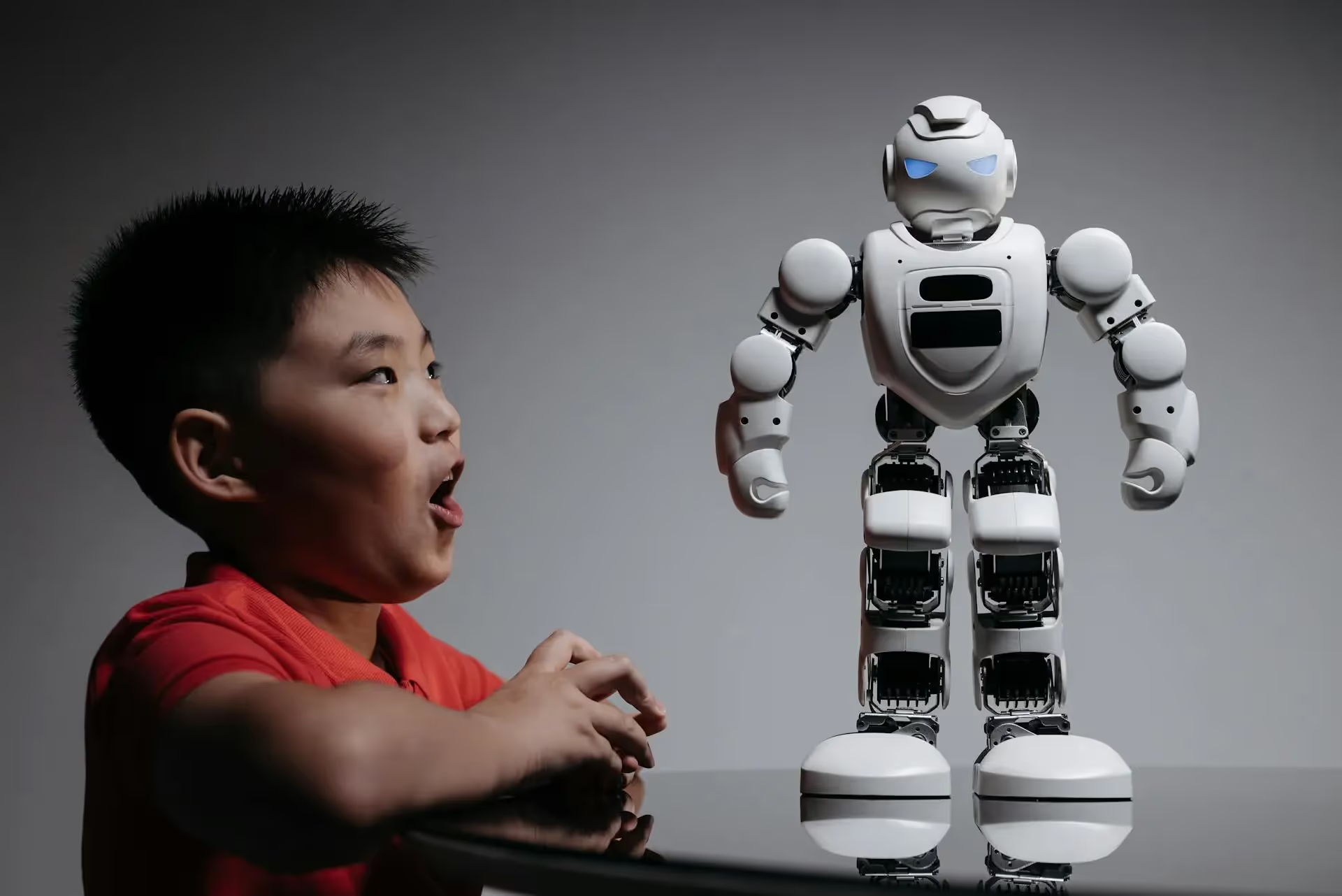Multi-access edge computing (MEC) is catching on. MEC allows computation closer to where data is captured, such as an edge device like smartphones, connected vehicles, or factory robotics.
Processing data closer to where it’s generated matters. Application performance is enhanced and computational processing speeds occur quickly when they are closer to where they are being used.
MEC is gaining popularity because of technologies like 5G, the internet-of-things (IoT), cloud, edge devices, and artificial intelligence (AI). These factors, alongside the ability to enhance security and reduce latency, impact MEC's growth trajectory.
I’m Ronald van Loon, a T-Mobile for Business partner. I had the opportunity to explore the future of 5G and MEC scenarios and how this technology pairing is an opportunity for businesses to innovate and deliver new value to customers.
The future of MEC deployments could reach thousands of endpoints that form a “mobile edge,” creating a bustling ecosystem of connected technology solutions. This mobile edge could power next-generation use cases like the metaverse, smart factories, and the future of automated transportation.
5G and MEC combined drive business value and opportunity across industries by helping organizations modernize, implement innovative new cases, create new services and applications, deliver immersive experiences to customers and employees, and build a solid business foundation built on a fully connected infrastructure.
Factors Impacting the Growth Trajectory of MEC
Economics is a significant factor impacting the growth trajectory of MEC. For example, MEC devices like intelligent routers are becoming more affordable every day. Also, network costs can decrease because data transmission doesn’t have to occur in centralized cloud servers, while network resources can be optimized and distributed to reduce infrastructure and operational costs.
IoT devices and applications are also contributing to the growth of MEC. There are more connected devices that generate data than ever before in consumer and business environments. MEC allows for near real-time data processing and analysis, using computing resources close to (or on) the device and services people use every day.
Lastly, AI is a crucial contributor to the growth trajectory of MEC. Running AI algorithms at the network and on-premise edge enables new AI applications and advanced use cases like digital twins for intelligent supply chains or autonomous robots for smart factories. MEC helps to leverage real-time processing capabilities like analytics or predictive modeling. Also, MEC drives AI inference at the edge and allows AI workloads to be distributed across the network edge.
These AI contributors result in numerous business benefits:
- Businesses have reduced latency and improved bandwidth at the edge. This enhances performance because businesses can leverage computing resources at the edge to process and analyze data in real-time.
- Organizations can optimize their costs and infrastructure through better resource allocation, distributing resources between the cloud and edge, resulting in cost savings like for data transmission, for example.
- AI applications and workloads can be deployed at the edge, which means that intelligent insights can be derived at the point of data generation and actions can be taken immediately, which are critical for use cases like autonomous vehicles or extended reality (XR) experiences.
MEC Use Cases
5G networks aim to deliver 1,000 times higher mobile data volume per area, 100 times the number of connected devices, and 5 times reduced end-to-end latency.
Augmented Reality
Use cases like Augmented Reality (AR) and Virtual Reality (VR) are gaining momentum because they are evolving user experiences in a way that drives high levels of engagement:
- AR and VR are used for interactive visualizations for manufacturers and engineers, acting as training guides, design tools, and maintenance aids.
- AR and VR are gaining traction in the metaverse to create immersive user experiences and interactive advertising, enhancing visualizations in new and compelling ways.
- AR and VR also contribute to environmental sustainability because remote and virtual interactions and collaborations reduce the need for travel, products can be tested virtually in a simulated environment without wasting resources, and new infrastructure planning and design can be simulated and resources optimized to improve energy efficiency.
Industry 4.0
Industry 4.0 is defined by integrating technologies like IoT and AI, contributing to smart factories and advancements in manufacturing, robotics, and digital twins.
- AI and IoT are leveraged in industry 4.0 to develop automated and interconnected production systems leading to the digitization of production processes and the use of digital twins or simulations.
- Capabilities like predictive maintenance are enabled by IoT and AI and impact environmental sustainability because proactive maintenance optimizes resources use and allocation and extends equipment life which reduces unnecessary waste.
Further Contributors to Environmental Sustainability
Environmental sustainability is also impacted by MEC, such as automated transportation. Autonomous Mobile Robots (AMRs) and Automated Guided Vehicles (AGVs) are used in automated transportation systems, logistics, and supply chain operations.
- MEC impacts intelligent routing, energy optimization, and consumption to significantly reduce carbon impact. This is because computational resources are closer to the network edge and large amounts of data don't need to be transferred over the network. Data processing and analysis can be localized and resources optimized.
5G and MEC offer advanced benefits and improvements over previous generations by providing higher throughput, device density, and better quality of service resulting in more stable global connections and facilitating the connection of a multitude of IoT endpoints.
The Future of Mobile Edge
The business trajectory for mobile edge computing is increasing due to more IoT endpoint devices & use case opportunities for businesses across industries. Endpoint devices can process more data, while other data processing functions can be offloaded to devices like intelligent routers.
As a result, the future of MEC will transform industries and the lives of everyday people, facilitating the growth of IoT and enabling new impactful use cases, more immersive experiences, and more autonomous systems.








